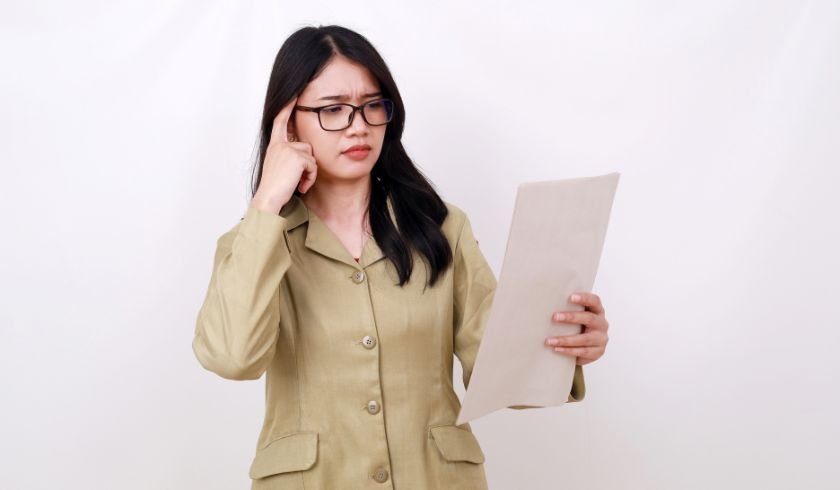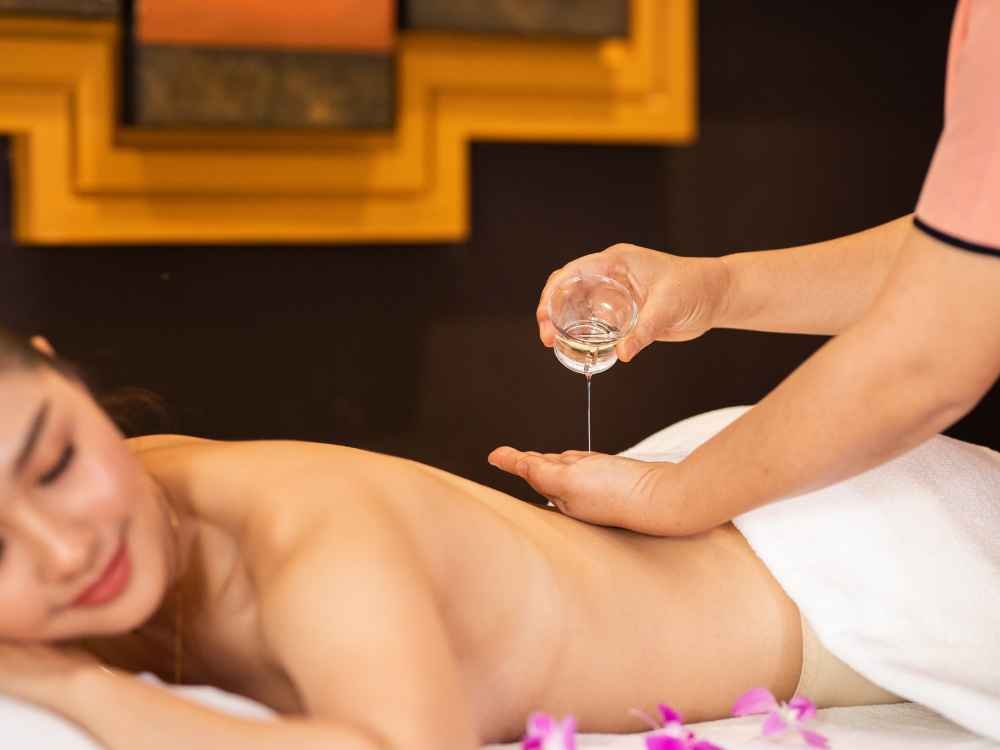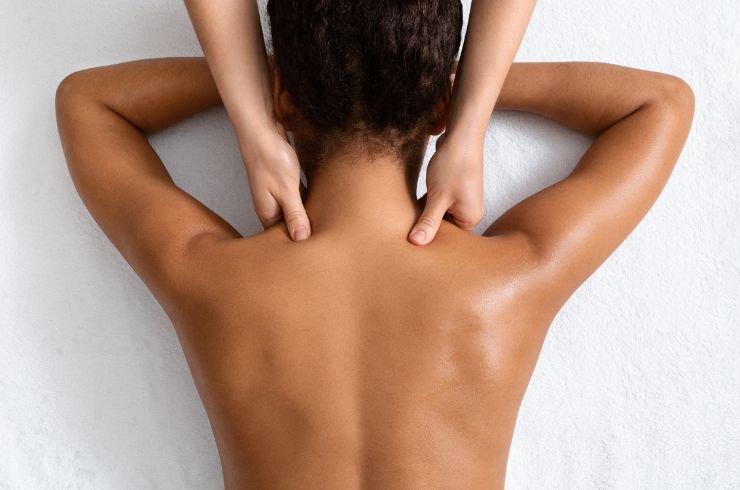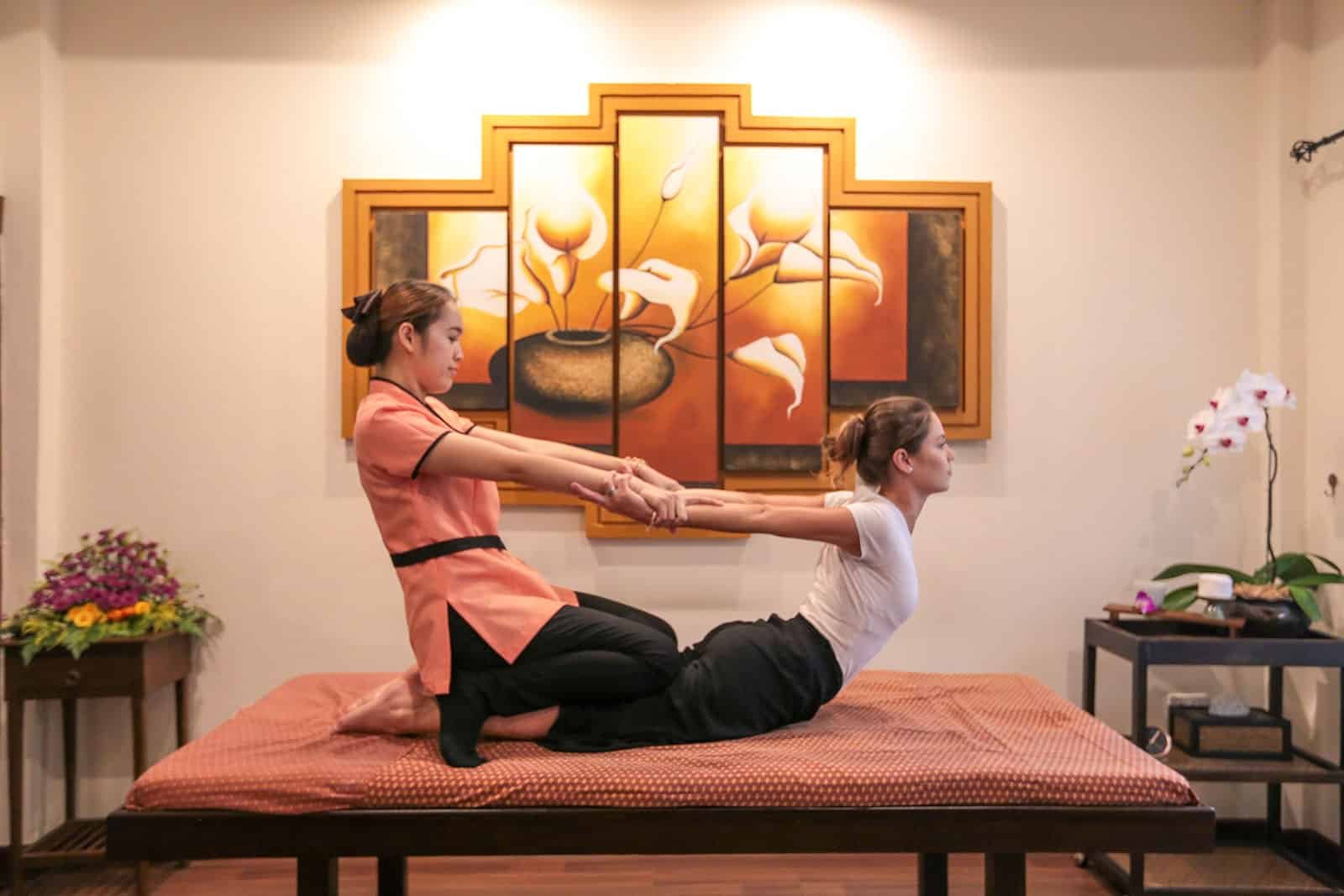Jet lag massage in Chiang Mai isn’t just about relaxation—it can actually reset your body’s internal clock. Long-haul flights mess with your circadian rhythm, leaving you exhausted, foggy, and even nauseous. But did you know certain massage techniques and essential oils can stimulate your lymphatic system, improve circulation, and help you adjust faster? This isn’t just a luxury—it’s a game-changer for travelers.
A jet lag massage at Kiyora Spa is a deep tissue massage using a custom oil blend and techniques targeting the head, neck, shoulders, and legs. This treatment improves circulation, reduces fatigue, and helps reset your body clock, making it ideal for travelers recovering from long flights.
Having traveled extensively and battled jet lag countless times, I know firsthand how draining long flights can be. Living in Chiang Mai for over a decade, I’ve discovered this city is a sanctuary for recovery, offering world-class body treatments rooted in centuries-old healing traditions.
With years in the Chiang Mai spa industry and experience running Kiyora Spa, I’ve learned that an effective jet lag massage is more than just relaxation. It’s about restoring balance, using quality oils, and applying the right techniques to refresh both body and mind.
 Don’t wait to feel your best—book your jet lag massage today through our easy online booking system and start your journey to recovery!
Don’t wait to feel your best—book your jet lag massage today through our easy online booking system and start your journey to recovery!
Understanding Jet Lag and Its Effects
Jet lag is the price we pay for crossing time zones too fast for our bodies to keep up. One minute, you’re in one country; the next, your body clock is stuck in the past. This mismatch between your internal clock and the new time zone can leave you feeling exhausted, disoriented, and irritable. If you’ve ever found yourself wide awake at 3 AM in a foreign hotel, you know the struggle.

What Causes Jet Lag?
Jet lag happens when your body’s internal clock clashes with local time after crossing time zones. This mismatch causes fatigue, digestive issues, and mental fog. Flying east is tougher than west because it shortens your day. Dehydration, limited movement, and poor sleep make symptoms worse. Frequent travelers struggle most, as their bodies can’t fully adjust before facing another shift.
Disruption of the Circadian Rhythm
Your circadian rhythm relies on light, meal times, and activity. After traveling, your body sticks to its old schedule, causing hunger at odd hours and daytime sleepiness. Natural light helps reset your internal clock, so spending time outside on arrival is key. Airplane cabins, with limited light and irregular sleep, make it harder for your body to adjust to the new time zone.
Common Symptoms of Jet Lag
Jet lag isn’t just fatigue—it brings headaches, mood swings, digestive issues, and memory lapses. Many feel foggy, struggle to focus, or experience nausea and dizziness. Sleep disruption is the worst part, with early waking or trouble falling asleep. Out-of-sync melatonin levels make rest difficult. While some recover quickly, others spend days feeling like a zombie.

How Long Does Jet Lag Last?
Jet lag recovery varies widely—some feel fine in a day, while others struggle for a week. Factors like travel distance, age, health, and habits play a role. Sticking to a consistent sleep schedule, staying hydrated, and managing light exposure can speed recovery. Ignoring your body’s signals can make jet lag last longer than necessary.
Factors Influencing Recovery Time
The more time zones you cross, the longer jet lag lasts—about one day per time zone. A London-to-Bangkok trip (seven-hour difference) could take a week to adjust. Younger travelers bounce back faster, while older adults may struggle more. Stress, dehydration, and poor pre-flight sleep habits can slow recovery. Frequent travelers may face chronic jet lag if their body never fully adapts.
Typical Duration of Jet Lag Symptoms
Jet lag usually lasts two to five days. Short trips might not allow enough time to adjust, leaving you feeling off the whole time. Long-haul travelers may need a week to recover. The good news? Jet lag massages, light exposure therapy, and hydration help. Aromatherapy massages boost circulation, ease muscle tension, and reset your body clock—leading to better sleep and a faster recovery.
Benefits of a Jet Lag Massage
Jet lag leaves you feeling drained, disoriented, and sluggish. A well-executed massage therapy session can ease symptoms, reset your body, and help you adjust faster. The right techniques improve circulation, relax tense muscles, and regulate sleep patterns, making your transition smoother.

How Can Massage Help Alleviate Jet Lag?
Massage helps alleviate jet lag by improving blood circulation, reducing muscle tension, and promoting relaxation. It supports faster recovery, better sleep, and helps reset your body’s internal clock after long flights.
Improving Blood Circulation
Sitting for long periods during flights slows blood circulation, causing swelling, stiffness, and discomfort, especially in the legs and feet. Massage techniques like kneading and gentle pressure boost blood flow, reducing fluid retention and promoting lymphatic drainage.
This helps deliver oxygen and nutrients to tired muscles, speeding up recovery. Enhanced circulation not only eases that heavy, sluggish feeling but also revitalizes the entire body, helping travelers feel more energized.
Reducing Muscle Tension and Fatigue
Long flights can leave your back, shoulders, and legs tight and sore. Massage therapy works by applying pressure to tense areas, releasing knots, and promoting muscle relaxation. Techniques such as deep tissue and Swedish massage improve flexibility and reduce pain.
Many travelers notice immediate relief from stiffness and discomfort, making it easier to get back to enjoying their trip without feeling like a bundle of sore muscles.
Promoting Relaxation and Better Sleep
Massage activates the parasympathetic nervous system, which helps reduce stress hormones like cortisol. This calming effect encourages your body to shift from “fight or flight” to “rest and digest” mode.
A well-executed massage can help regulate your internal clock, leading to deeper sleep and faster adjustment to new time zones. The relaxation not only aids sleep but also improves overall mental clarity and mood.

Why Choose a Deep Tissue Massage for Jet Lag Relief?
Deep Tissue Massage using a custom oil blend for jet lag relief combines massage with essential oils like lavender and peppermint. These oils promote relaxation, reduce stress, and improve sleep quality, helping travelers adjust more quickly to new time zones.
Role of Essential Oils in Relaxation
Aromatherapy (essential oil blended with base oil) enhances the health benefits of massage by soothing the nervous system and promoting relaxation. Essential oils like lavender, chamomile, and bergamot are known for their calming properties.
They help reduce anxiety, improve mood, and ease headaches. When inhaled or absorbed through the skin during a massage, these oils trigger the brain’s limbic system, which controls emotions and relaxation responses. This holistic approach makes it easier to unwind and adjust to new time zones.
Specific Oils Beneficial for Jet Lag
Lavender, eucalyptus, and peppermint oils are known for their stress-relieving properties and ability to improve breathing. When used during a massage, they help clear mental fog, reduce tension, and promote a feeling of refreshment.
These oils also restore balance to both the mind and body, making them perfect for easing the effects of jet lag and helping travelers feel rejuvenated after a long journey.
 Feeling the effects of jet lag or travel fatigue? We offer more than just a massage—we provide a transformative experience to restore your energy and balance. Our skilled therapists use specialized techniques to help you recover faster and feel revitalized.
Feeling the effects of jet lag or travel fatigue? We offer more than just a massage—we provide a transformative experience to restore your energy and balance. Our skilled therapists use specialized techniques to help you recover faster and feel revitalized.
Relax in the heart of Chiang Mai and take advantage of our complimentary roundtrip shuttle service. Reserve your session today for a truly rejuvenating experience!







